News
Chinese wisteria seed
Wisteria is a deciduous vine of the genus wisteria in the leguminous family. Stem sinistral; Leaflet papery, ovate-elliptic or ovate-lanceolate, stipule spinaceous; Peduncle fine, corolla purple, base with two columnar chubsoma; Ovary dushy; The seeds are brown, oblate and shiny. Flowering period from April to May, fruit period from May to August. Wisteria is mainly distributed in the Yellow River and Yangtze River basin south of Hebei Province and Shaanxi, Henan, Guangxi, Guizhou, Yunnan and other places.
Wisteria has strong adaptability to climate and soil. It is cold-resistant, water-wet and barren soil resistant. It likes light and shade, and it is most suitable for growing in sunny and leeward places. Wisteria grows faster, has a long life, strong winding ability, and has a strangulation effect on other plants.
Tang Dynasty poet Li Bai five words "Wisteria tree" : "Wisteria hanging cloud wood, flowers and vines Yi Yang spring. A bird of hidden song in a dense leaf, a beautiful woman in a fragrant wind." Wisteria as a flowering shade vine. In early summer, the purple spike hangs, the flowers are numerous and fragrant, and the thick leaves are full of shelves in high summer. It is generally used in garden trellises, lakeside, poolside, rockery, stone square and so on. Wisteria has strong resistance to harmful gases such as sulfur dioxide and hydrogen sulfide, and has the ability to adsorb dust in the air.
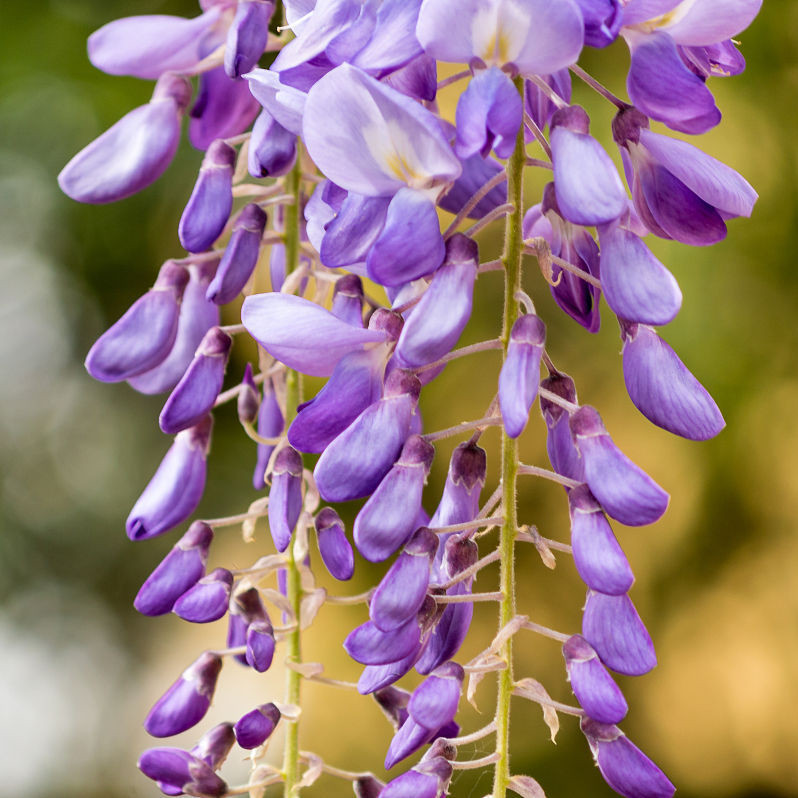
Morphological characteristics
Large vine, more than 20 meters long; More than 20 meters long; Stem stout, sinistral; Shoots yellowish brown, covered with white silky hair; Pinnately compound leaves 15-25 cm long, leaflets 9-13, papery, ovate-elliptic or ovate-lanceolate, apex leaflets larger, base 1 pair smallest, 5-8 cm long, 2-4 cm wide, apex acuminate or caudal, base obtuse or cuneate, or askewish, both surfaces flat hairy when tender, posterior glabrous, pedicellules prickly. Racemes born in axils or terminal buds of last year's short branches, 15-30 cm long, 8-10 cm diameter, first flowering; Pedicels thin, 2-3 cm long; Calyx 5-6 mm long, 7-8 mm wide; Densely coated with fine hair; Corolla purple, 2-2.5 cm long, flagellate reflexion, base with 2 columnar corpus callosum; Ovary densely dushy, ovules 6-8;
Pod linear-oblanceolate, not shedding after maturity, 10-15 cm long, 1.5-2 cm wide, densely covered with gray hairs; Seeds 1-3, brown, oblate, 1.5 cm diameter, lustrous. Flowering period from April to May, fruit period from May to August.
Distribution range
It is distributed in the Yellow River and Yangtze River basin south of Hebei Province, Shaanxi, Henan, Guangxi, Guizhou, Yunnan and Beijing. It is born between 500 and 1000 meters above sea level in the valley gully slope, hillside scrub.
Growth habit
Wisteria is resistant to many harmful gases such as sulfur dioxide, chlorine and hydrogen chloride.
It likes light and tolerates shade slightly; Relatively hardy, grows well in fertile soil with good drainage,
but also tolerant
of barren and wet; It has no strict requirements on the soil, and can grow normally in plain sandy soil,
loam soil and light clay, and performs well in sandy loam soil. It has a certain saline-alkali resistance, and can grow
normally in saline-alkali soil with a pH of 8.8 and a salt content of 0.2%. Because it is a deep-rooted plant,
the taproot is very long and the lateral roots are few, so it grows particularly well in deep, loose and fertile soil.
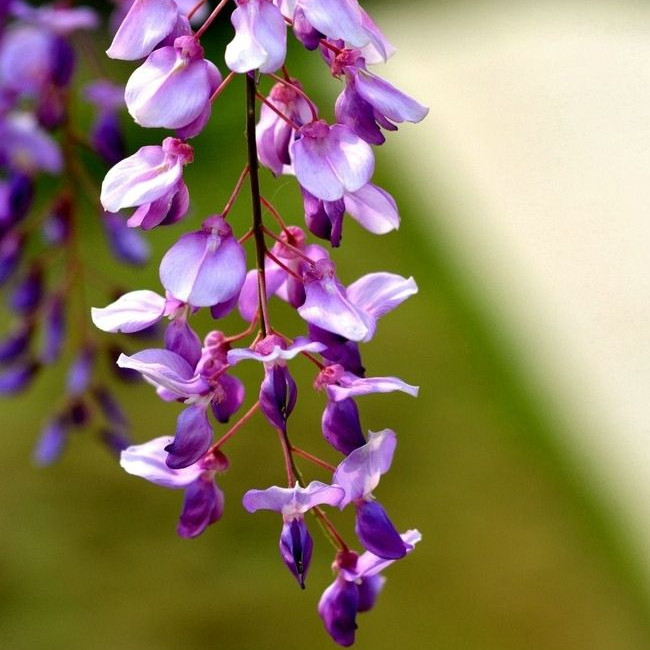
Propagation method
cutting
Including hardwood cuttings and root inserts. In autumn or March to April of the next year before the
branches sprout, the operation selects 1-2 year old strong shoots, cut into 10-15 cm long cuttings, and insert them
directly or diagonally in the prepared seedling bed. The cutting depth is 2/3 of the length of cuttings.
Water spray after insertion, keep the seedbed moist, strengthen maintenance, the survival rate is very high, the plant
height can reach 20-50 cm, two years later can be out of the nursery. Root insertion is carried out by using
adventitious buds easily produced on the roots of wisteria. Generally, roots 0.5-2.0 cm thick are dug in mid-to-late
March, cut into cuttings 10-12 cm long, and inserted into the seedling bed. The cutting depth should be kept at the top
cut of the cuttings level with the ground, and the seedling bed should be moist after insertion.
sow
Calculate the sowing amount according to the land area. Before sowing, the wisteria seeds were soaked in warm water
at 50℃ for 24 hours, the ratio of seeds to water was 1:3, and the soaked seeds were sterilized with
0.5% potassium permanganate for 20 minutes (limited to the case that the seed embryo did not break through the seed coat),
picked up and drained. Sow in March, in line, to open the sowing trench and sow again.
The direction of seeding trench (seedling row) is consistent with the direction of seedling bed width. The seeds are evenly sown
in the ditch according to the planned sowing amount. After sowing, a layer of loose and
fine soil with a thickness of 1~2cm is covered with straw, sawdust, husk, etc., to keep the soil moist and prevent rain erosion,
and to keep the soil semi-humid according to the situation, so as to facilitate the seed germination.
The seeds germinate after about 30 to 40 days, and the mulch is gradually removed, and the seedlings need to be cultivated
for 2 years before they can be planted.
layering
After falling leaves, when the operation, choose two years of healthy branches, cut off part of the skin at the pressure strip,
wrap with water moss or press into the soil, and often water, keep moist, promote its roots, after the
roots, it and the mother can be planted separately.

Cultivation technique
Land preparation
In the winter of the previous year, plow the field again, apply fully decomposed cake fertilizer, the amount is 200kg per mu,
rotate 2 to 3 times with the rotary tiller, the field is rotated flat, the soil is fully spun. According to the seedling field to make
a bed, according to the 1.5m wide line to open the ditch, the open seedling bed is about 1.2m wide, the length is set according
to the terrain, the walking path (ditch) width is 30cm, the local should choose a high bed, the bed surface is 20~30cm higher
than the walking path, which is conducive to ventilation and drainage and increase the soil layer.
Wisteria is a strong straight-rooted plant, less side roots, do not choose soil, but to moist, fertile, well-drained soil is the most
appropriate, excessive moisture easy to rot roots. Lateral roots should be dug as much as possible during transplantation and
planting, and soil balls should be brought. The transplantation is carried out more than in early spring, and the thick branches
must be set up before transplantation, and the thick branches should be tied to the rack respectively, so that they can climb
along the rack.
Water and fertilizer management
At the turn of spring and summer, seedlings are in a vigorous growth period, requiring more water, and should be irrigated 2 to
3 times. During the plum rain season, attention should be paid to drainage, and the number of irrigation times should be increased
during the summer drought. At the end of autumn, in order to make the organization healthy and conducive to winter, it is generally
not irrigated. No irrigation in winter. Topdressing can be combined with watering to improve fertilizer efficiency. 6~ early August 3~5kg
urea per mu, watering while topdressing. Once every 10 to 15 days, a small number of times, to prevent root burning seedlings. Stop
topdressing in late August to prevent seedlings from growing, which is conducive to overwintering.
If you have demands of this seeds, please contact me freely.
Categories
Contact Us
- +86-18055849900
- +86-18055849900
- admin@high-key.cn
- +86-18055849900
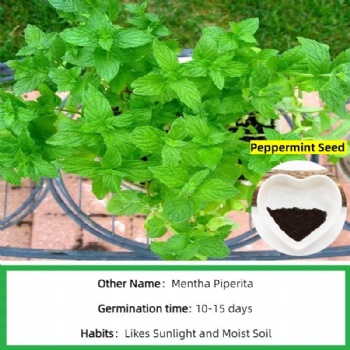
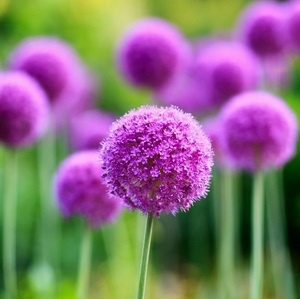
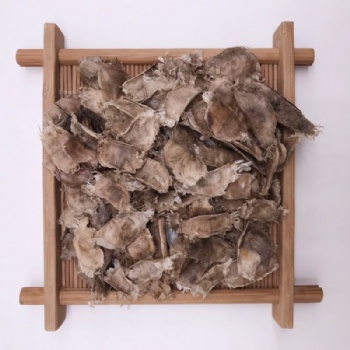
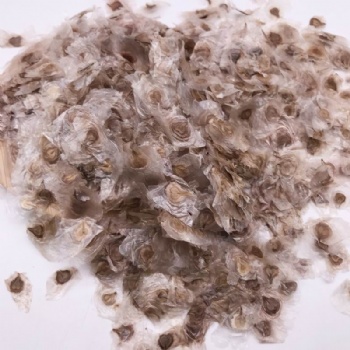
 售前客服
售前客服
